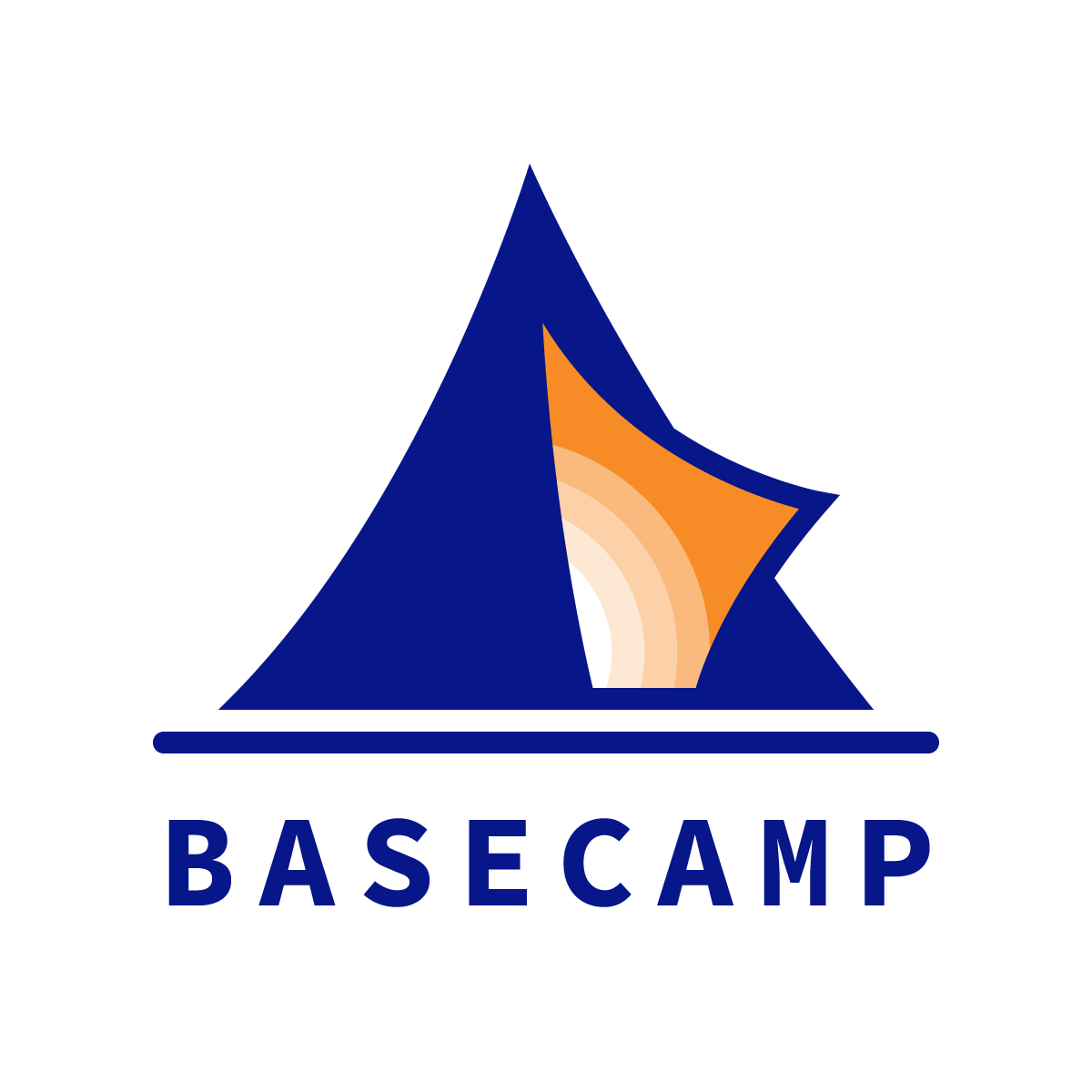Lesson 1 of 4 from a Virtual Expedition
“I’m worried that I won’t be able to build relationships or shape a class culture if we end up doing online learning again this Fall…”
I have heard that concern from educators over and over again the last few months.
To be honest, I was worried about the same thing when we launched our first virtual Expedition a few weeks ago.
Virtual Expeditions are not an obvious move. For starters, Expeditions are intensive—4 or 5 days @ 6 hours a day. They are 100% project-based and 100% team based. We run them in creative spaces (eg, WeWork, Fordham University’s Social Innovation Collaboratory, Van Vleck Gardens). In other words, Expeditions were designed for physical presence.
But when COVID-19 shut down schools, camps, internships, and other learning opportunities, we wanted to fill a gap. So we redesigned Expeditions as a fully virtual experience.
Some things remained the same—students still identified a social impact problem they cared about, then used design thinking and lean startup methods to prototype solutions.
Some things were similar, but enhanced—the CEO panel, for example, took place over Zoom, which allowed us to include panelists and audience members who otherwise could not have attended in physical presence.
And some things were brand new—college credit in social entrepreneurship from Immaculata University; physical packages mailed to each student’s home in advance of the Expedition; and more.
Our team was incredibly fortunate to be interviewed about the experience by “The Curiosity Files” team—Chelle Wabrek, the Assistant Head of School at Lovett; Derek Krein, a college counselor at Tabor Academy; and Kate Turnbull, Director of Professional Learning at Metairie Park Country Day. (Video here / Podcast here.)
As part of that interview, we offered lessons from the virtual Expedition. Lesson #1, from Marielys Gacia, is below. Future posts will highlight the other three lessons.
Lesson #1: “Engage. Share. Build Community.”
“Students want to engage,” Marielys said, “One of the things that became abundantly clear on day 1 was that each student wanted to engage… They each wanted to share, they wanted community, and it was a matter of us creating the conditions and the space for that to happen.”
Marielys then told the story of a participant who privately messaged her: “I don’t think everyone is comfortable talking about racism.”
Marielys could have kept that interaction 1:1, but instead she brought the student’s concern back to the facilitator team. We decided that it was important for our newborn community to discuss.
By creating the (virtual) spaces and by devoting time for the students to talk about what mattered to them, they felt valued. And because they felt valued, they brought their full selves to the community.
When all of the learning takes place online and none of the student have met each other before, is it really possible to form relationships and build community?
As a matter of fact, yes—as long as we are willing to let students explore what matters to them and what they want to do about it.
***
Thank you for reading this post from Basecamp's blog, Ed:Future. Do you know someone who would find the Ed:Future blog worthwhile reading? Please let them know that they can subscribe here.

